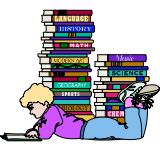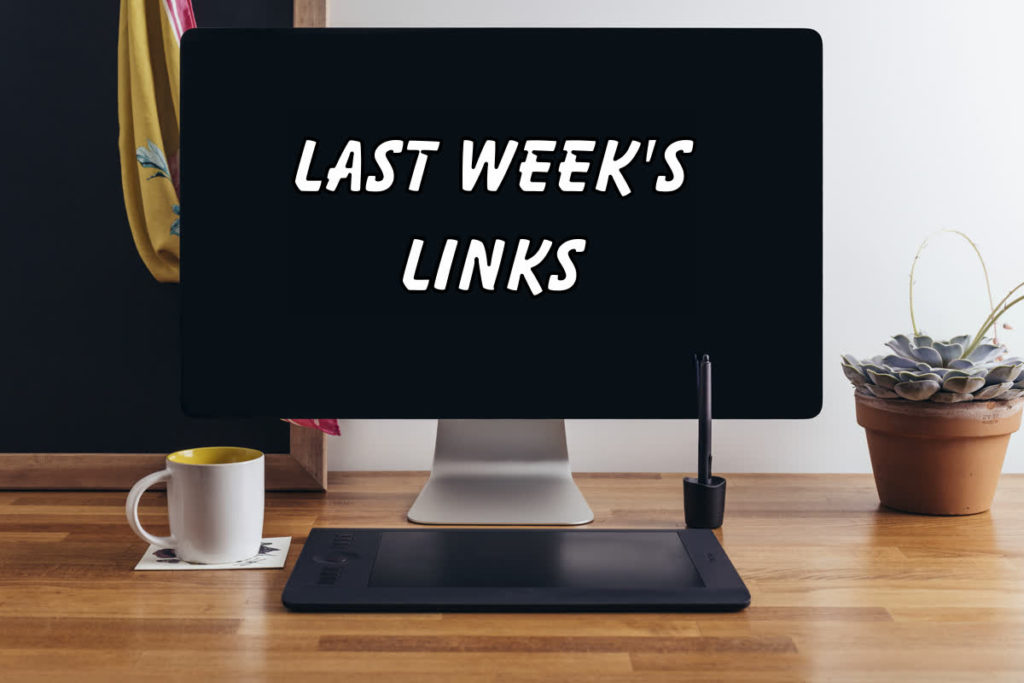- How Do the Books We Read Change Our Brains?
- Out of the Card Catalog Closet
- Kate Atkinson’s Dark Dance with Genre
- The value of owning more books than you can read
- Books That Hit Different the Second Time Around
- My Eight Deranged Days on the Gone Girl Cruise
- Good riddance to long books
- Native Lit is more than a marketing term
- Hilary Mantel’s Double Vision
How Do the Books We Read Change Our Brains?
“Gregory Berns on Measuring the Effects of a Really Good Story”
In this article, adapted from his book The Self Delusion: The New Neuroscience of How We Invent—and Reinvent—Our Identities, Emory University psychology professor Gregory Berns describes a neuroimaging experiment he devised to measure whether reading a novel produces lasting effects on the reader’s brain.
Literature immerses the reader in a world created by the writer. In many novels, the reader feels like they are in the body of the protagonist. This would explain the changes we observed in the sensorimotor network during the reading days. It is telling, though, that these changes persisted after the novel was finished. The experiment ended five days after the completion of the reading, so unfortunately we don’t know just how long these changes might have lasted.
Categories: Life Stories in Literature, Literature & Psychology, Reading, Story
Out of the Card Catalog Closet
“Librarians gathered in 1970 to challenge Library of Congress classifications and catalog subject headings that aligned homosexuality with deviance.”
The Task Force on Gay Liberation of the American Library Association was the first gay and lesbian professional organization in the United States. Fifty librarians attended its inaugural gathering in 1970 to fight job discrimination; to create bibliographies and collections that featured gay and lesbian content; and to challenge library classifications and catalog subject headings that aligned homosexuality with perversion and deviance.
Category: Libraries, Literature & Culture, Literature & Psychology
Kate Atkinson’s Dark Dance with Genre
Sarah Chihaya writes about Kate Atkinson’s latest book, Shrines of Gaiety.
Atkinson operates in two distinct modes, both of which can be intoxicating. Half the time, she makes masterly use of familiar forms, as in her detective novels or her more recent foray into the spy thriller, displaying her trademark wit while hewing to the rules of genre. The rest of her books are less easily categorized, and are linked mainly by their pointed interest in disturbing the expectations we might bring to a narrative. These are deceptively light and playful works, and they leave the reader with a surprising emotional hangover upon turning the last page.
Categories: Author News, Literary Criticism, Reading, Writing
The value of owning more books than you can read
Just in case you need more encouragement to fill up your TBR shelves . . .
Key Takeaways
- Many readers buy books with every intention of reading them only to let them linger on the shelf.
- Statistician Nassim Nicholas Taleb believes surrounding ourselves with unread books enriches our lives as they remind us of all we don’t know.
- The Japanese call this practice tsundoku, and it may provide lasting benefits.
Category: Reading
Books That Hit Different the Second Time Around

Mara Franzen writes about the pleasure of rereading.
Category: Reading
My Eight Deranged Days on the Gone Girl Cruise
Would you go on something called a Gone Girl cruise? Heck, I would.
Imogen West-Knights did. So did Gillian Flynn.
Category: ???
Good riddance to long books
John Sturgis laments the recent trend toward chunky books:
The trend towards ‘bigger is better’ can be traced back to late and greatly lamented Hilary Mantel’s Wolf Hall Booker win in 2009. It’s perhaps best summed up by Hanya Yanagihara’s monster-selling and monstrously hefty 2015 A Little Life, whose title belies its length, 215,000 [words]. Its fans seem to take it on in the same determined way others undertake a Seven Peaks challenge.
Category: Big Books
Native Lit is more than a marketing term
Nick Martin, an associate editor for High Country News’s Indigenous Affairs desk and a member of the Sappony Tribe of North Carolina, discusses his July trip to the James Welch Native Literary Festival. Held in Missoula, Montana, the gathering was the “first Native literary festival organized by Native writers themselves.”
Martin argues that Native art should be in conversation with all other art, not just with itself.
The problem is that most non-Indians would rather plop us into a category than sustain a conversation with our art. If you’ll allow me the metaphor, the term “Native Lit” is just another fence, one that the publishing and media industries use to separate us from other horror writers and sci-fi writers and poets and modernists. In order to pay the rent and carry on our craft, we must perform behind the barrier.
Categories: Literature & Culture, Publishing
Hilary Mantel’s Double Vision
“The author was best known for her celebrated “Wolf Hall” trilogy. But her early novels are in some ways her most exemplary work.”
When Hilary Mantel was a young gir, writes Jane Hu, she began having debilitating headaches accompanied by visual disturbances. She later developed endometriosis that was initially misdiagnosed, causing her to have a hysterectomy. “A few years later, hormone replacements would double her weight.”
The visual disturbances of her headaches produced “difficulty in distinguishing what was real in her field of vision” but also led Mantel to her vocation as writer. “Writing enabled Mantel to locate herself in a body that felt increasingly alien. In the face of confusion and loss, she began to tell stories.”
Categories: Author News, Literary Criticism, Writing
© 2022 by Mary Daniels Brown

